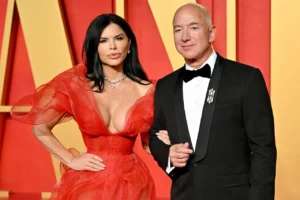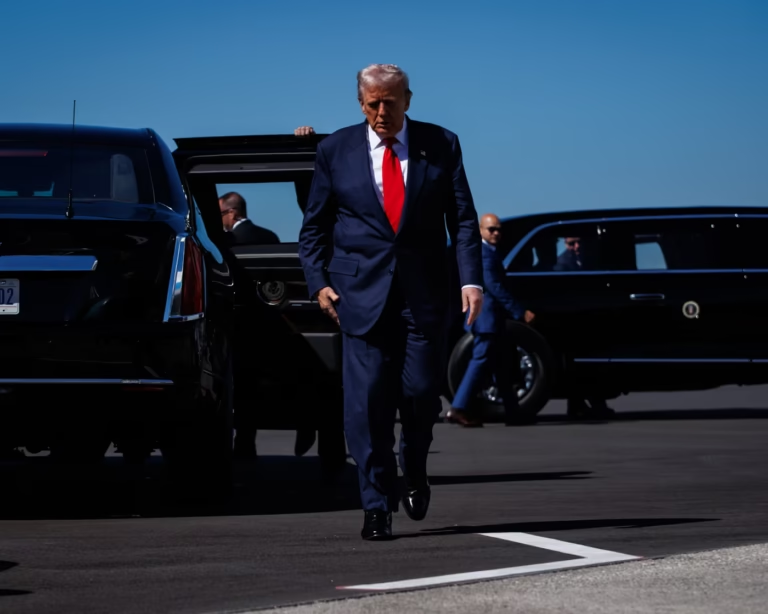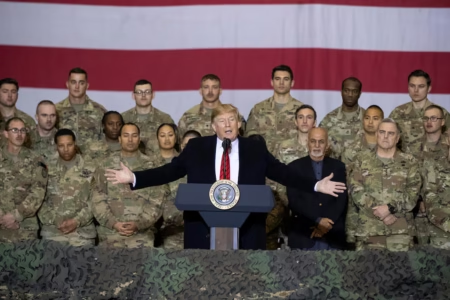The White House has introduced a new policy that limits how journalists can move inside the West Wing. The rule, announced late Thursday, blocks credentialed reporters from entering certain areas without prior approval. Officials say the decision aims to protect sensitive information, but critics view it as another step toward restricting press freedom.
According to a memorandum circulated to media outlets, the new rule applies immediately. Reporters will no longer have free access to Room 140, known as “Upper Press.” This area is home to the offices of Press Secretary Karoline Leavitt and other senior communications officials located near the Oval Office. Journalists must now schedule appointments before entering.
The memo states that the restriction is necessary to “safeguard potentially sensitive materials” and prevent unauthorized information gathering. The policy affects all credentialed members of the White House press corps, regardless of outlet or affiliation.
The move follows a series of similar restrictions at other government departments. Earlier this month, the Department of Defense required reporters covering the Pentagon to sign a pledge promising not to collect or share any information that had not been approved for public release. The pledge included even unclassified material, drawing swift backlash from journalists and press freedom organizations.
In protest, dozens of reporters vacated their workspace inside the Pentagon and returned their press credentials. Shortly afterward, the Defense Department announced what it called a “next generation of the Pentagon press corps,” consisting of 60 new members, many of whom were linked to far-right media outlets.
Critics argue that these actions reflect a broader trend of limiting media oversight in government institutions. Press advocates warn that such restrictions could reduce transparency and make it harder for the public to access accurate information.
Free Press, a nonprofit group that promotes media freedom, said the new White House rule “weakens the foundation of open communication” between the government and the public. The group urged the administration to reconsider the measure and work with journalists to find less restrictive solutions.
Under previous administrations, reporters had relatively easy access to Upper Press, where they could informally ask questions, seek clarification, or build relationships with communications officials. Those interactions often helped shape more accurate reporting and fostered accountability.
The White House has not yet clarified whether the new rule will apply to special press events or daily briefings. Officials insist the change is about maintaining order and protecting security, not about limiting transparency.
A spokesperson for the communications office said in a statement that the rule “ensures a professional and secure environment where government business can be conducted responsibly.” However, many reporters believe the move will make it harder to get timely answers and reduce the spontaneous exchanges that often reveal important details about policy decisions.
Press freedom groups note that such restrictions could create an imbalance in access, favoring outlets that already have close ties to officials. They fear that smaller or independent media organizations might face more obstacles in securing interviews or clarifications.
The White House Correspondents’ Association is expected to meet with officials to discuss the impact of the rule. Some members have proposed a review process or a tiered access system that would maintain security while preserving journalistic access.
The new policy has reignited debate over how much control the government should have over the press in federal institutions. Supporters of the rule say it is a necessary security measure. Critics argue it erodes the spirit of open democracy.
The White House rule limiting journalist access comes at a time when relations between the administration and the press remain tense. For many reporters, the new restrictions symbolize shrinking space for independent journalism at the nation’s highest levels of power.







